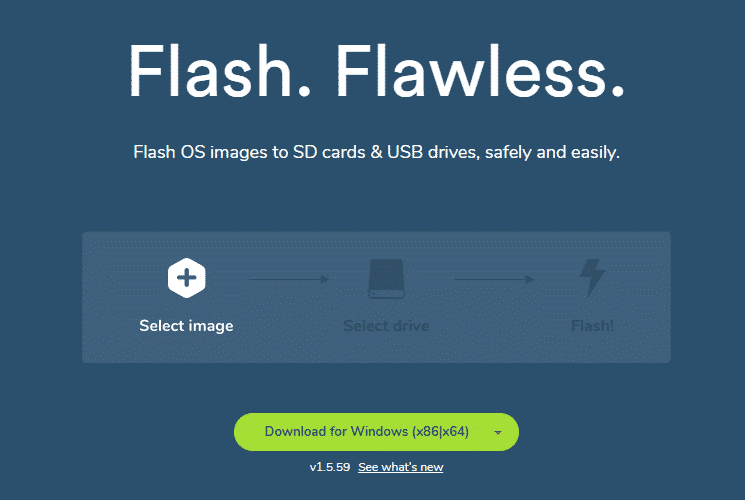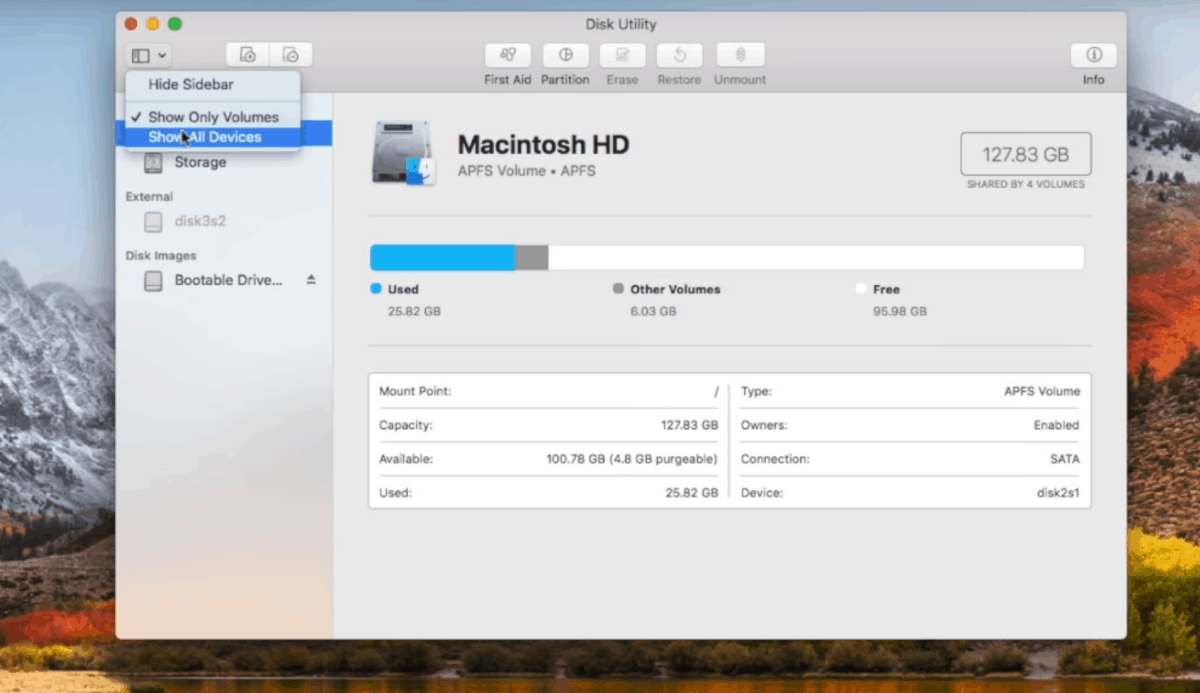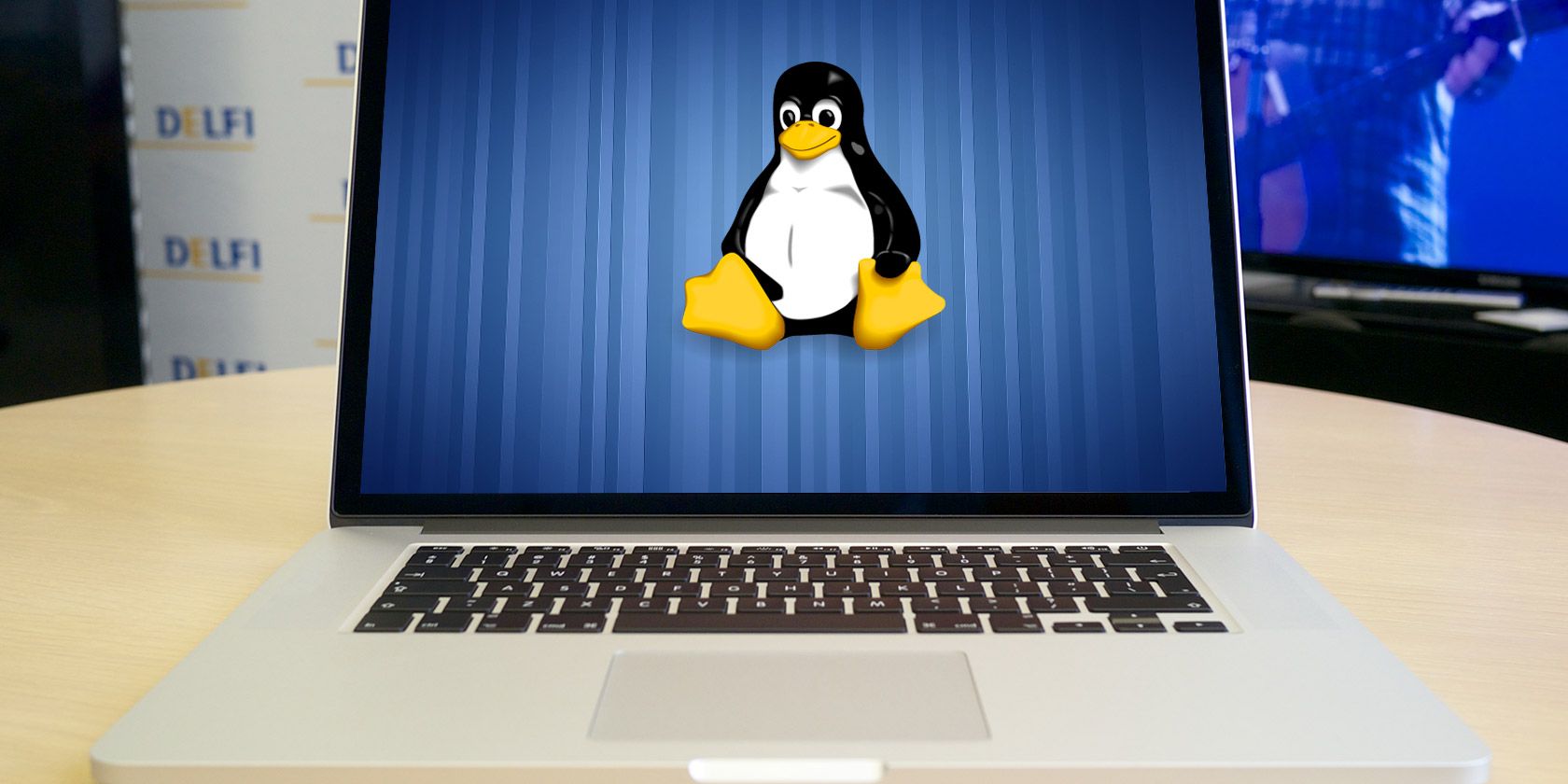
- How to install linux on a mac from a formatted hard drive install#
- How to install linux on a mac from a formatted hard drive software#
- How to install linux on a mac from a formatted hard drive iso#
- How to install linux on a mac from a formatted hard drive download#
How to install linux on a mac from a formatted hard drive software#
Click through the remaining steps to create your user and finish the installation.Whether you need a customizable operating system or a better environment for software development, you can get it by dual booting Linux on your Mac. Choose the ext4 partition under “device for bootloader installation.”Ĩ. Set “Use as” to “Ext4 journaling file system.” Set the mount point to “/.”ħ. Create another new partition with the “+” button. Set the size to 4000 MB and “Use as” to “swap.”Ħ. With the free space selected, click the “+” to create a new partition.ĥ. Select the partition you created earlier. At the installation selection screen, choose “Something Else” from the bottom.ģ.
How to install linux on a mac from a formatted hard drive install#
Connect to your wireless network (if you can) and choose to install third-party software.Ģ. Select your USB drive in rEFInd to boot from it.ġ. With all that accomplished, we are finally ready to install Ubuntu on our Mac! Unfortunately, high-quality screenshots were not available for these steps. If you encounter trouble, you may need to either use Terminal to partition the drive instead or clear Time Machine snapshots. Click “Apply,” then “Partition” to execute. This will be erased by the Ubuntu installer.Ħ. Choose “MS-DOS (FAT)” for your partition type. Click the “+” button to add a partitionĥ. Click “Partition” in the dialog box to confirm.Ĥ. Select your boot disk in the sidebar and click the “Partition” button.ģ. Open Disk Utility from the “/Applications/Utilities” folder.Ģ. If we want to dual boot macOS and Ubuntu from the same hard drive, we’ll need to make a partition for Ubuntu with Disk Utility.ġ. Resizing the Boot Partition with Disk Utility Reboot your Mac to ensure rEFInd is operational.

In the Terminal window, type in csrutil disable and press Enter.ĥ.Once it finishes loading and brings you to Recovery Mode, click “Utilities -> Terminal.”.When the startup screen shows up, press and hold the Command + R until the Apple logo appears on your screen. You may need to disable System Integrity Protection (SIP) before proceeding or install rEFInd from the recovery partition. Drag the “refind-installer” file onto the Terminal icon to run the script. Open Terminal from “/Applications/Utilities/Terminal.”Ĥ. REFInd will be our bootloader for both Ubuntu and macOS. Click “Flash!” to write the image to your USB drive. Click “Select Drive” and choose your USB drive.ĥ.
How to install linux on a mac from a formatted hard drive iso#
Click “Select Image” and choose the Ubuntu ISO file.Ĥ. We will use Etcher to write the Ubuntu install image to disk.Ģ.

If you have trouble with formatting, try doing the same thing with Terminal. Click “Erase” and wait for the formatting process to complete. In the next screen, set the format to “MS-DOS (FAT)” and the scheme to “GUID Partition Map.”ĥ. Click “Erase” in the menu bar to format the drive.Ĥ. Open Disk Utility from “Application/Utilities.” Select your USB drive in the sidebar.ģ.

The drive must be at least 2 GB and empty. We will use a USB drive for this example.
How to install linux on a mac from a formatted hard drive download#
Donate to support Ubuntu, or click “Not Now” to go directly to the download page.

As of publication, that version is Ubuntu 16.04.4 LTS.Ģ. Download the current Ubuntu LTS installer from the Canonical website. Macs can be weird under Linux, so only proceed if you possess the patience and technical know-how for troubleshooting.īefore you begin, back up your Mac. Just a warning: some hardware functionality might never work right under Ubuntu. If for some reason this doesn’t work for you, dual booting should be your second option. As a warning, it’s way more efficient to run Ubuntu on a virtual machine using VMWare.


 0 kommentar(er)
0 kommentar(er)
